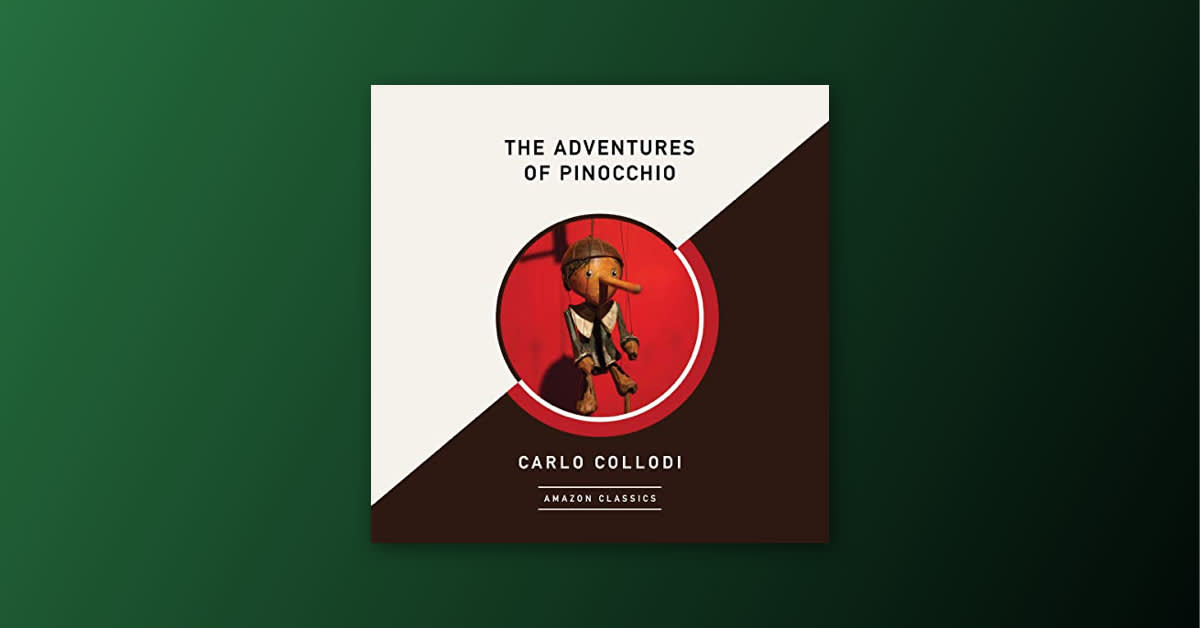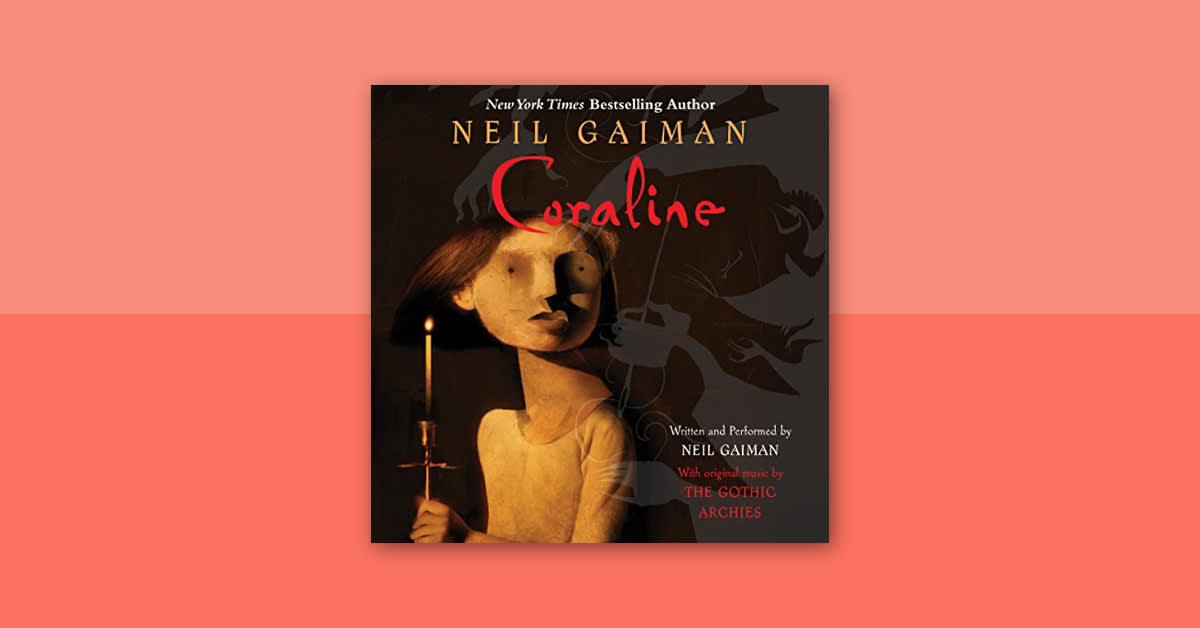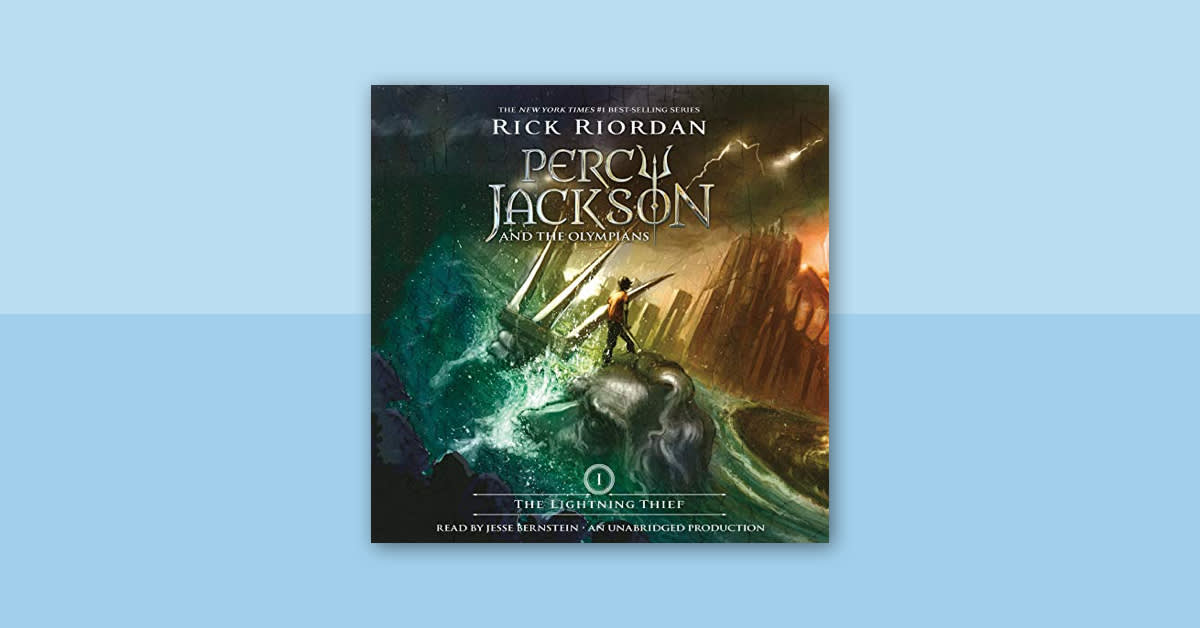Like Guillermo del Toro, as a child I found Disney’s Pinocchio frightening. In fact, my nose might grow a few inches if I even try to pretend I revisited its plot prior to now. However, as a fan of the , I gave his new stop-motion adaptation of the classic a chance to win over my heart, and boy oh boy, did it. From the moment I pressed play on del Toro’s dark interpretation of Pinocchio now streaming on Netflix, my curiosity about the strange and slippery story swallowed me whole like a whale (or should I say, a dogfish).
Inspired by the movie, I cozied up to Carlo Collodi’s 1883 novel by as brightly in his performance of this story as del Toro’s star-studded cast. And since hearing the original, I have not stopped thinking about how beautifully del Toro pulls threads from Pinocchio’s origins to tell his own entirely unique yet authentic version of the tale. Because I cannot stop talking about it, I am delighted to share what I have found in my deep dive on this children’s classic. (Warning: spoilers ahead!)
Who was Carlo Collodi?
Guillermo del Toro’s deep reverence for literary history shines in all of his projects, and his Pinocchio is no exception. In fact, his heartfelt ode to the story’s creator serves as more than just a passing allusion in this adaptation. Geppetto’s late son, an original character written for the film, is named Carlo, and Collodi’s legacy shadows many of the movie’s key emotional moments, illuminating just how much Pinocchio and Geppetto mature throughout their adventure.
Born in Florence in 1826, the author born Carlo Lorenzini focused his early career on publishing political pamphlets, as well as volunteering to fight during the Italian Wars of Independence. After establishing himself as a satirist, he adopted his pen name (a reference to his mother’s hometown) in 1860. Following the unification of the Kingdom of Italy in 1861, he turned his attention to writing for younger readers. He published what many scholars consider to be the first internationally known work of Italian children’s literature, Le avventure di Pinocchio, in 1883. Like many fairy tales, the novel is underscored by thinly veiled critiques of social class and greed, as well as a moral message that Collodi hoped might inform his young nation’s developing sense of identity.
What is Pinocchio about?
At its heart, Pinocchio toys with the idea of how a proper boy should act, ultimately offering a lesson in disobedience. In fact, no matter how hard he tries, the titular puppet cannot seem to help behaving like an imp. Impulsive and forgetful, he is far from the poster child of virtue, but perhaps because of his imperfections, he is modeled all the more authentically after true human nature. Beyond his magical nose, he well-intentioned, which tends to lead audiences to trust in his underlying ability to grow as a character.




